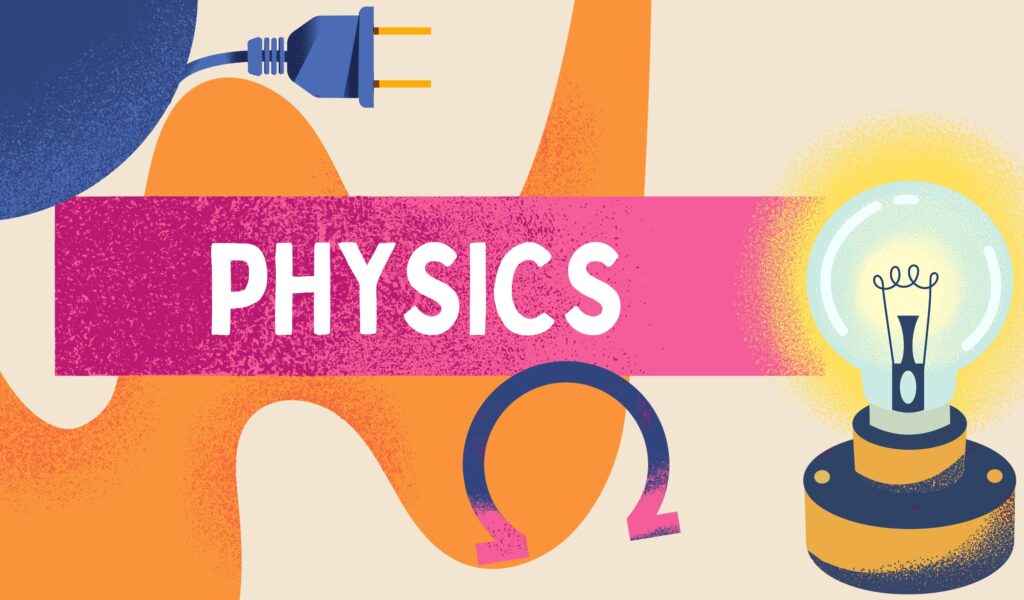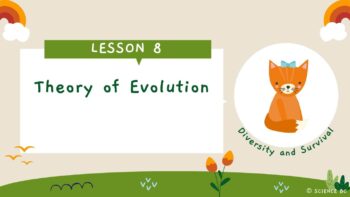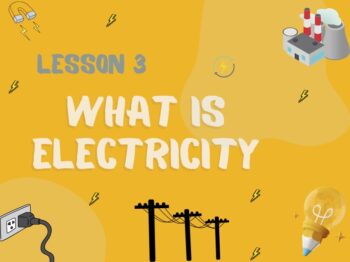Astronomical Distances, Astronomical Data & Data Collection Methods
$4.99 Original price was: $4.99.$4.49Current price is: $4.49.
SKU: Astronomical Distances, Astronomical Data & Data Collection Methods-1
Category: Advanced Astronomy
Tags: Chemistry, Science
Description
A comprehensive guide to the below topics:
Topics:
-
Astronomical distances: light years and astronomical units (AU)
-
Measuring distances in space
-
Parallax method
-
Astronomical data: optical, radio, IR, x-ray, etc..
-
Astronomical observations: ground-based and space-based
-
Astronomical data collection methods --> Telescopes and Radio telescopes
-
Hubble Space Telescope
-
James Webb Telescope
Learning Objectives:
-
Identify units used for measuring distances in space and describe ways of measuring distances.
-
Analyze the Stellar Parallax method to measure distances from Earth.
-
Identify and compare functionality of different types of telescopes.
-
Discuss the contributions of space telescopes like Hubble and James Webb.
Key Features:
-
Eye-catching cover page to captivate students’ attention right from the start.
-
Clearly outlined learning objectives to guide student progress and understanding.
-
Detailed notes section for recording essential information and facilitating student engagement.
-
Minimum of 4 interactive activity links with QR codes, offering a range of options such as videos, virtual labs, online games, interactive websites, online tutorials, and catchy songs.
-
Concise summary to reinforce key concepts and facilitate comprehension.
This versatile resource is perfect for both classroom instruction and home learning!
The slides are intended for personal use in your own classroom and cannot be used commercially, even if modified. They may not be freely shared or distributed on the internet.
The slides are aligned with the learning objectives of the Grade 10 in the new British Columbia, BC curriculum. To access a comprehensive collection of learning objectives, please browse the supplementary slides offered in this store.
Additional information
| Grade Level | Grade 6 |
|---|---|
| Language | English |
Reviews (0)
Only logged in customers who have purchased this product may leave a review.
Related products
-10%
Forces & Motion
-10%
Electricity & Magnetism
-10%
Diversity & Survival
-10%
Electricity & Magnetism
-10%
Electricity & Magnetism
-10%
Diversity & Survival
-10%
Diversity & Survival
-10%
Diversity & Survival


















Reviews
There are no reviews yet.